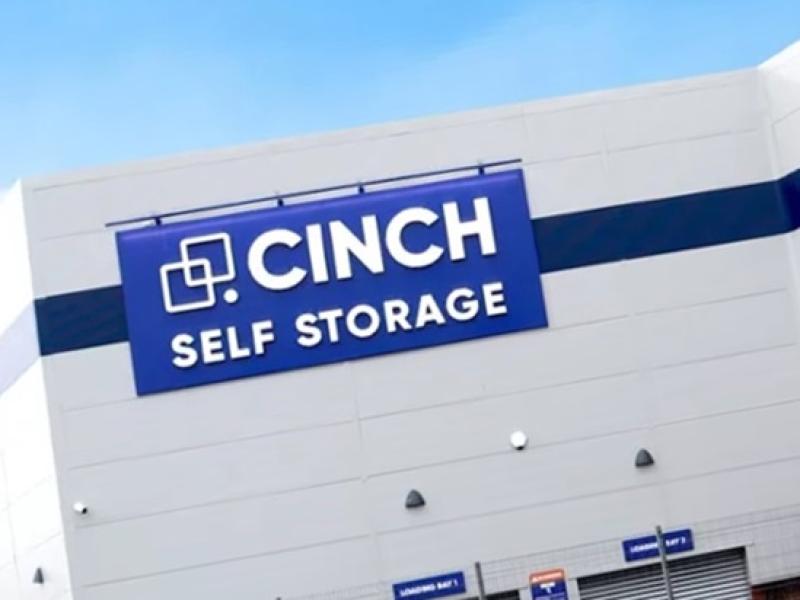Condominium construction has dominated the residential development space for a number of years now. This was primarily due to the demand for the condominium product and due to the fact that the demand almost ensured that an entire condominium project would be pre-sold prior to the construction commencing. For many developers condominium development meant that the developer could put less equity into a project and selling off the individual units to earn a large and quick return on their equity very quickly. This represented a shift from holding onto the real estate for lengthy periods to generate a return on their equity over a longer time frame.
Historically, the average sized condominium unit sold at prices that were less than the cost to buy a single family home or semi-detached home. For many first time home buyers they could purchase these units at affordable prices and still feel like they were involved in the ownership of real estate. For most new developments, the buyer could delay such a large purchase since timing for delivery of the finished product might occur between 12 to 24 months after they entered into the purchase and sale agreement. The buyer could then delay the purchase and focus on saving additional equity for the down payment and still have real property to look forward to when they were ready to move into the unit.
More recently though, there has been a gradual change in the condominium market. With the change and increasing difficulty of obtaining a mortgage in the single family financing market, potential buyers are having more and more difficulty obtaining a mortgage. The average buyer is required to save more capital for the down payment of the property, which can take longer. With the single family mortgage requirements being more difficult, qualification becomes harder and has impeded the first time entrant. With these difficulties, the level of pre-sold units can drop and delivery of the condominium project could take longer with more unsold units being held by the developer.
Some of these factors have lead to some recent construction of purpose built apartment buildings. There has not been a significant boom in this area of housing in a long time remaining relatively dormant in major urban centres while the condominium market has excelled. Any form of rent control only acts to further impede purpose built rental units and therefore the lack of new construction has most developers preferring to continue to target the condominium market. Some smaller rural areas across the country have seen new units developed, but the buildings are generally smaller in size and do not fill the immediate need for demand in the area.
However this trend is slowly changing. More and more developers are looking at purpose built apartment buildings since the condominium market does not represent as quick of an exit as it once did. Most municipalities have increased the development costs associated with building condominium projects, while corresponding land costs have also increased for developers since most condominium projects require well located parcels of land close to major thoroughfares and Municipal transit in order to attract purchasers.
Purpose built rentals do not necessarily require this and can be built in less central locations and a little off the main through fares. Renters will target good quality rental buildings that are clean, are environmentally friendly and have good amenities to fit their profile. Not every renter wants to be located in the downtown core on a major thoroughfare which is generally where condominiums are.
In the past, developers saw the impediment to purpose built rental buildings in the amount of equity required, the breakeven rental rates required and the level of financing available to construct the buildings. With condominium construction, the equity requirements were generally less and financing levels highly available depending on the total pre-sold units for the project. With pre-sales not as robust as they were previously, the level of financing available has dropped and many of the projects are now looking at a switch from condominium to a purpose built rental property. With home affordability dropping as prices continue to increase, more and more potential buyers are shifting back to the rental market putting downward pressure on vacancy rates and upward pressure on rental rates. As rental rates increase, this will make it more attractive to build a purpose built rental property and maybe even start another boom in this space.







